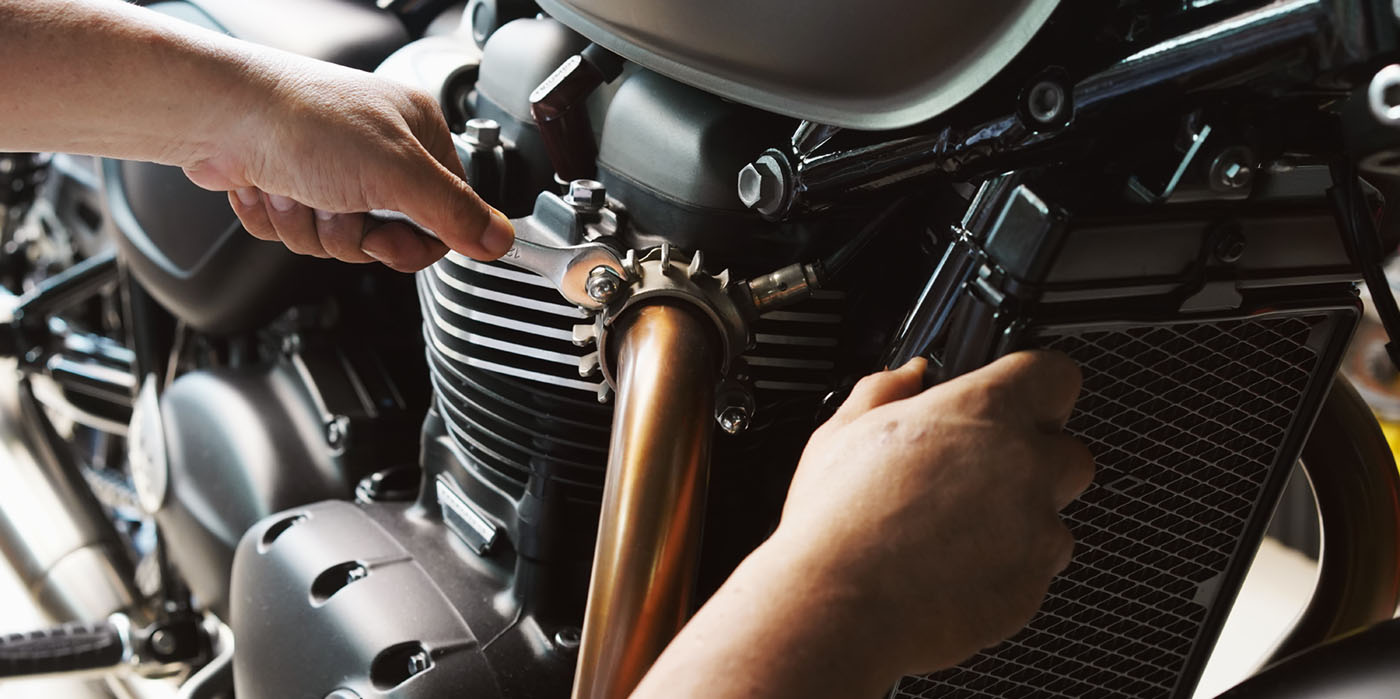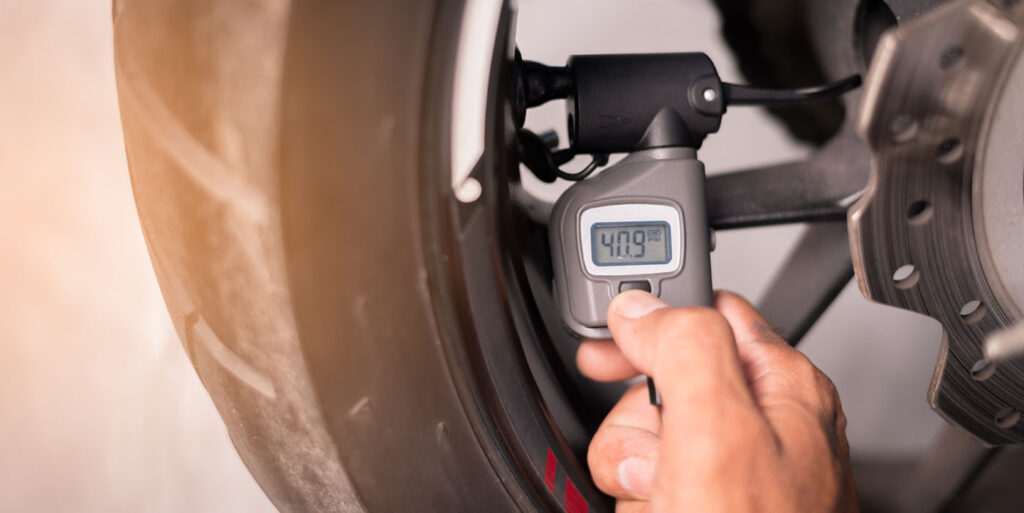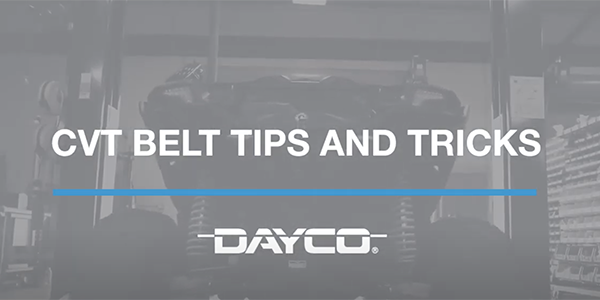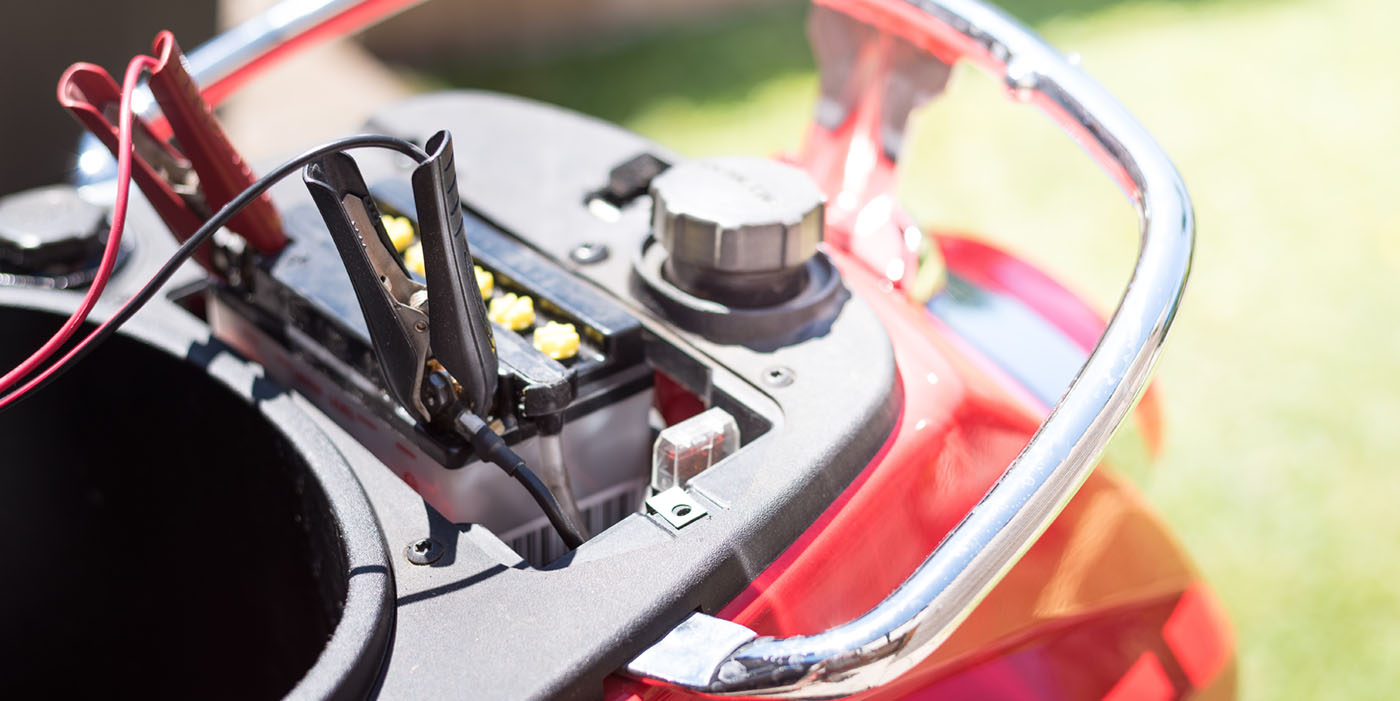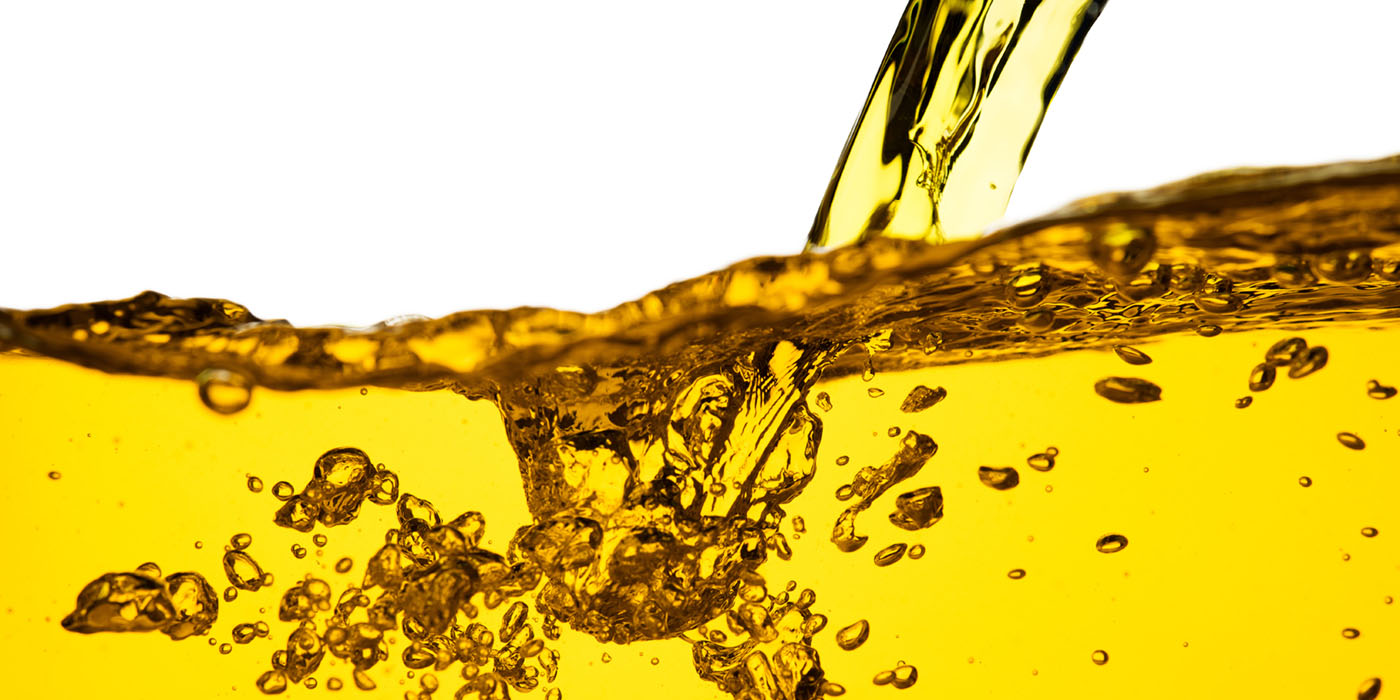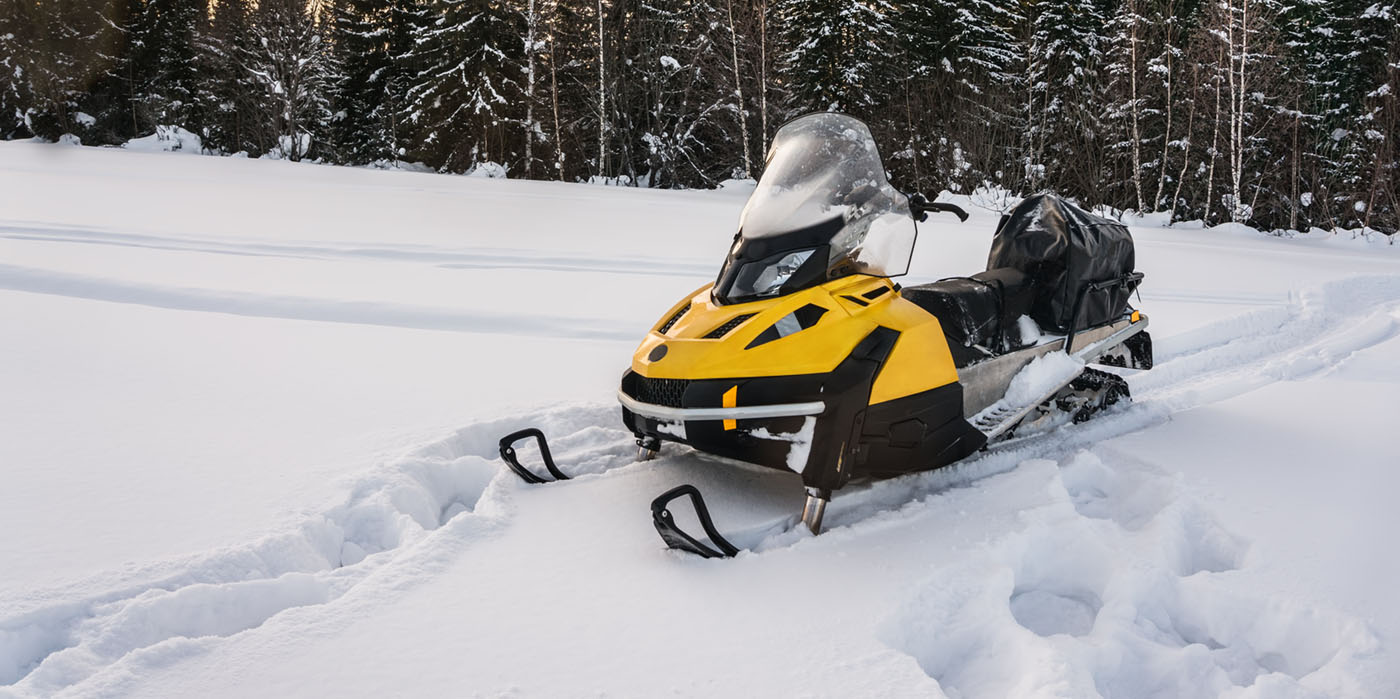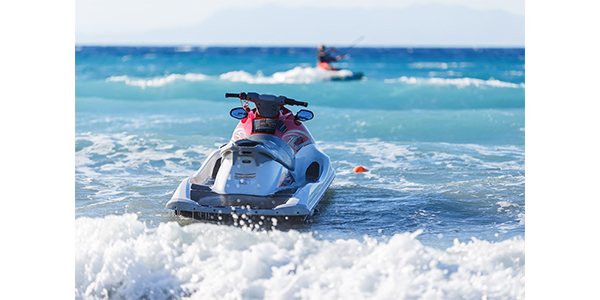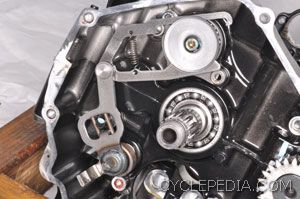
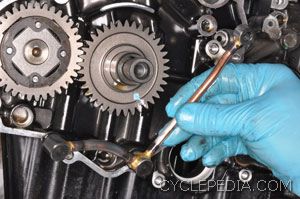
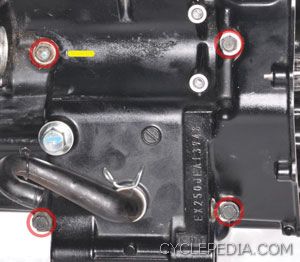
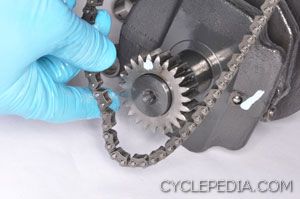 As a popular beginner bike, the likelihood of a Ninja 250 experiencing a low oil condition is perhaps more common than a machine owned by a more experienced rider. Combine this with the sustained high rpms needed to operate a bike with a quarter liter engine, and you have a recipe for a slacked out cam chain.
As a popular beginner bike, the likelihood of a Ninja 250 experiencing a low oil condition is perhaps more common than a machine owned by a more experienced rider. Combine this with the sustained high rpms needed to operate a bike with a quarter liter engine, and you have a recipe for a slacked out cam chain.
This fatigued cam chain not only sounds bad, but eventually it could lead to a catastrophic engine failure. Many of the subscribers to Cyclepedia Online manuals have specifically mentioned this repair as the reason for needing the Kawasaki Ninja 250 manual.
Chances are your shop will run across one of the many Ninja 250s that are in need of a new cam chain. This can be a long, drawn-out repair, but there is a time-saving method that can be used under certain circumstances.
If the engine’s top end is in good condition, it can be partially left in place. If there is any doubt about the condition of the top end, check it against the service specifications. If the repair can be performed without removing the cylinders, pistons and cylinder head, this will save your technician time and your customer money for gaskets and extended labor.
This tip should speed things up a bit, but it’s still an extended job that requires disassembling much of the engine. Note: as the engine is disassembled, inspect for other signs of damage as a result of low oil conditions. Use the following steps to remove the cam chain:
1. Drain the engine oil and remove the oil filter.
2. Remove the engine from the frame.
3. Remove the cylinder head cover and camshafts.
4. Remove the alternator cover and flywheel.
5. Remove the starter motor.
6. Remove the clutch.
7. Remove the shift shaft by pulling the linkage arms apart and away from the shift drum. Slide the shift shaft out of the crankcase.
8. Remove the left side oil pipe banjo bolt and slide out the oil pipe.
9. Loosen the four upper crankcase bolts. Remove the bolts. The marked bolt has a sealing washer.
10. Turn the crankcase over. Loosen the four smaller diameter crankcase bolts and then the nine larger diameter crankcase bolts. The marked bolt has a sealing washer.
11. Separate the crankcase halves and free the cam chain from the timing sprocket on the crankshaft.



